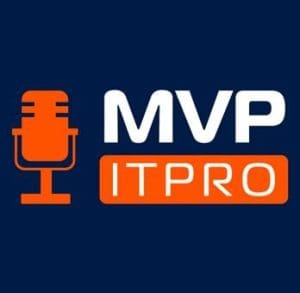
For business-savvy enterprises, there’s more to using the Microsoft Azure cloud than just adding applications, data, and users.
Small and medium-sized businesses running Azure also must make detailed contingency plans to stay connected to their applications and data if a disaster occurs. Companies should take the time to plan and configure disaster recovery services so they don’t miss a beat if and when problems arise. Continue reading




 Building a Hyper-V failover plan is a critical step for any organization wishing to maintain 24/7/365 availability of their Microsoft Cloud. However, configuring Hyper-V failover clusters and managing Hyper-V hosts has its own set of unique challenges, nuances and steps. This article provides an introduction to Hyper-V failover challenges, discusses its benefits and shares some resources where virtualization administrators can access more information.
Building a Hyper-V failover plan is a critical step for any organization wishing to maintain 24/7/365 availability of their Microsoft Cloud. However, configuring Hyper-V failover clusters and managing Hyper-V hosts has its own set of unique challenges, nuances and steps. This article provides an introduction to Hyper-V failover challenges, discusses its benefits and shares some resources where virtualization administrators can access more information. 


